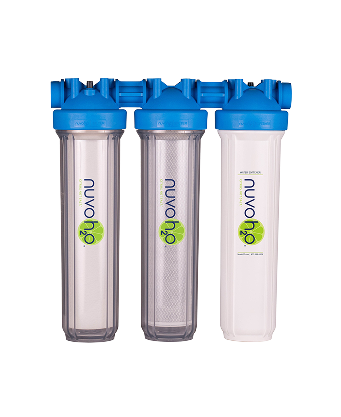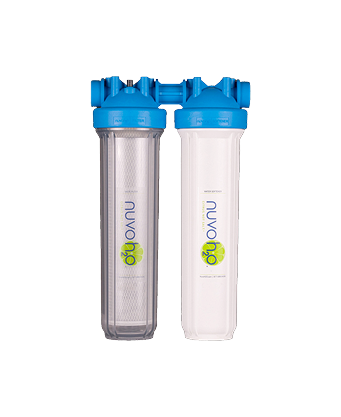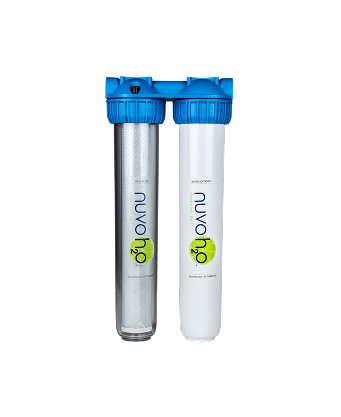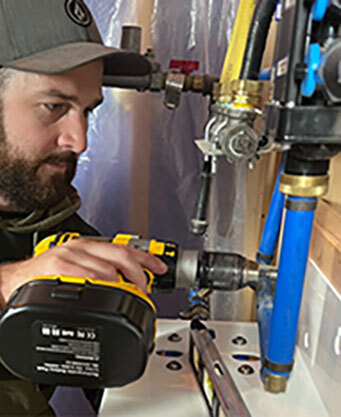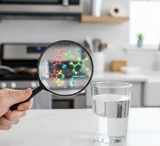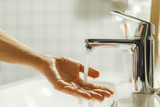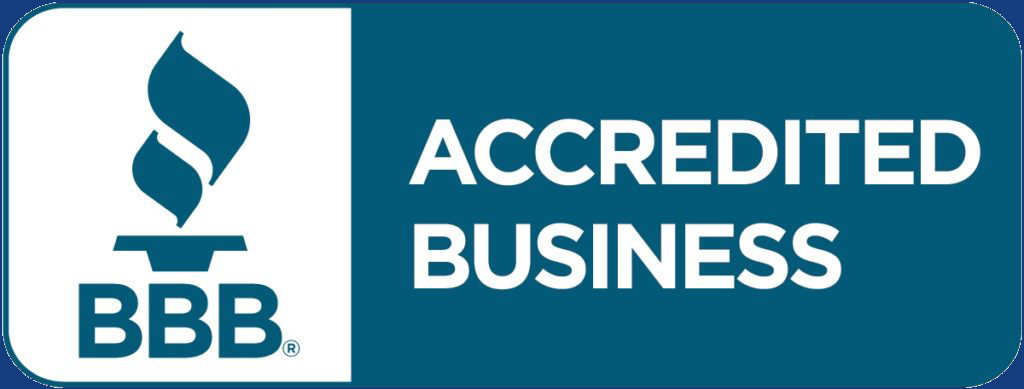
Why Does Water Quality Vary by Region/Location?
23rd Sep 2025
If you’ve ever traveled to another city, or even just across town, you may have noticed the water tastes different, feels different in the shower, or leaves more (or fewer) spots on your dishes. That’s because water quality by region isn’t the same everywhere.
The factors affecting water quality range from local geology to weather patterns, and from infrastructure age to nearby land use. Whether your home relies on a municipal water system or a private well, your local water quality issues are shaped by where you live.
In this guide, we’ll break down the most common regional water quality differences, why they happen, and what they mean for your home.
Why Water Quality Varies
The short answer? Water picks up whatever it touches.
As it travels from raincloud to tap, water passes through soil, rock, pipes, and treatment facilities, absorbing minerals, metals, and other substances along the way. This explains why water quality is different in coastal areas versus mountain towns, or rural farming regions, compared to dense cities.
Key geographic water quality factors include:
- Source: Is your water coming from a deep aquifer, a surface reservoir, or a combination?
- Geology: Local rock types affect hardness and mineral content.
- Climate: Rainfall, drought, snowmelt, and flooding all influence quality.
- Land Use: Agriculture, industry, and urban development can introduce contaminants.
- Infrastructure: Older pipes or treatment facilities may leach metals or fail to remove certain pollutants.
Well Water vs. City Water
One of the biggest water quality variations is whether you’re on a private well or a municipal supply.
Private Well Water
About 15% of U.S. households draw water from private wells. Quality depends heavily on geographic water quality factors like aquifer depth and surrounding land use. For example:
- Rural farming areas may see higher nitrates from fertilizer runoff.
- Coastal wells can experience saltwater intrusion.
- Mountain wells might have naturally high mineral content, leading to hard water.
Because wells aren’t regulated by the EPA, homeowners are responsible for testing and treatment.
City Water
So, do you need water treatment if you use city water? Municipal water systems treat water to meet federal standards, but that doesn’t mean every city delivers the same result.
Local source water, treatment processes, and distribution pipes can all lead to regional water contamination issues, such as chlorine taste, lead from old pipes, or PFAS chemicals near industrial areas.
Common Regional Water Quality Differences
1. Hardness and Mineral Content
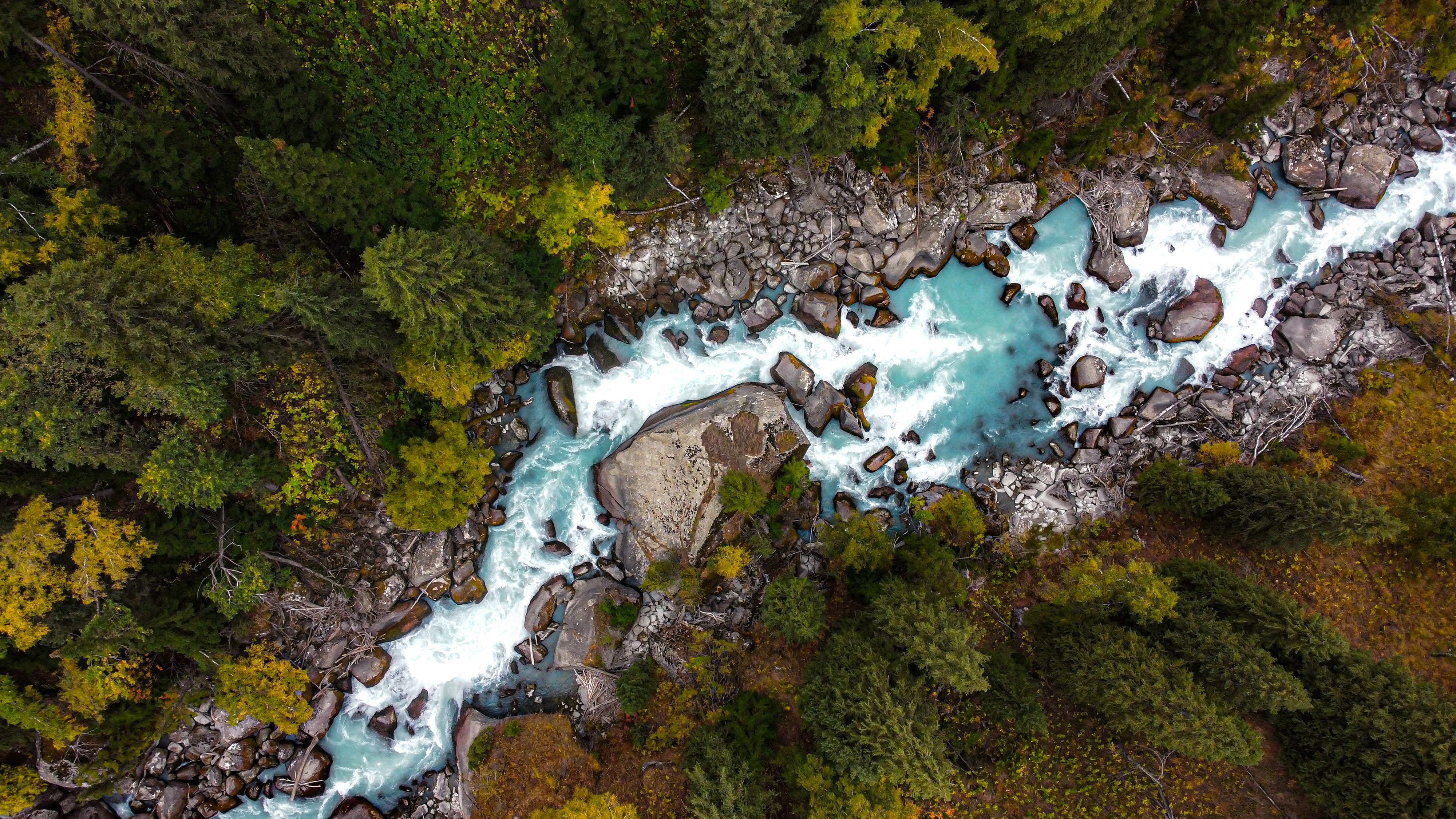
In areas with limestone or granite bedrock—like much of the Midwest and Mountain West—water dissolves calcium and magnesium as it flows underground, resulting in hard water. This can cause scale buildup in pipes and appliances, dry skin, and water spots. In contrast, regions with sandstone or volcanic rock may have naturally softer water.
2. Saltwater Intrusion
Coastal areas from Florida to California face the risk of ocean water seeping into freshwater aquifers, especially during drought. This can make water taste salty and corrode plumbing.
3. Nitrates and Agricultural Runoff
In the Great Plains and parts of California’s Central Valley, nitrate contamination is a serious issue due to fertilizer use. It’s especially dangerous for infants and pregnant women.
4. Industrial and Urban Contaminants
Older industrial regions in the Northeast and Rust Belt often deal with PFAS chemicals, heavy metals, and volatile organic compounds (VOCs) from manufacturing runoff. Urban runoff can carry oil, pesticides, and road salt into water supplies.
5. Natural Contaminants
Some geographic water quality factors are entirely natural:
- Arsenic in parts of the Southwest and New England
- Hydrogen sulfide (“rotten egg” smell) in the Midwest and Mountain regions
- Tannins (tea-colored water) in swampy Southeast areas
How Weather and Climate Affect Water Quality by Location
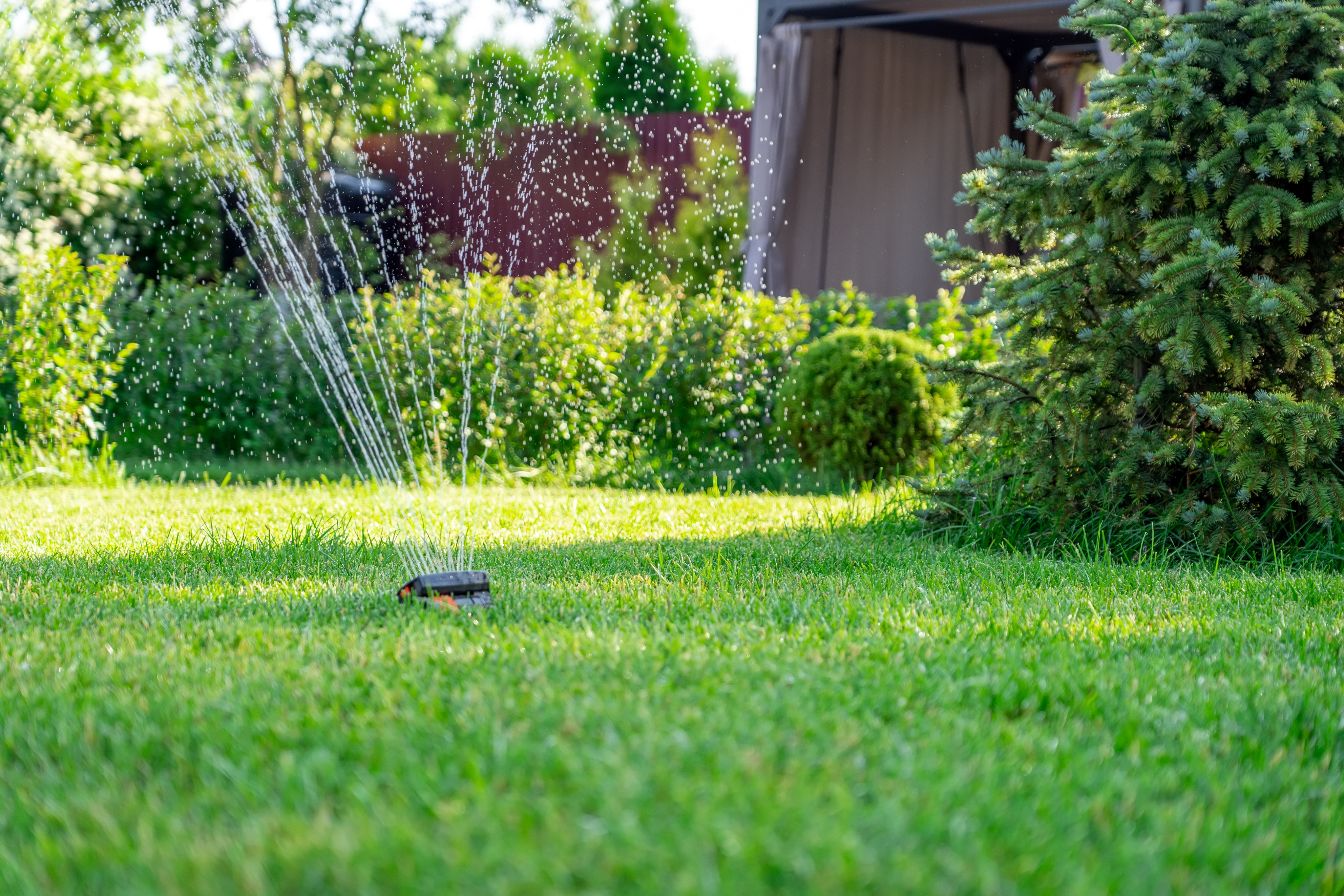
Water quality is unique because it changes with the weather.
- Drought: Concentrates contaminants by lowering water tables.
- Flooding: Can wash bacteria, sewage, and chemicals into water supplies.
- Wildfires: Introduce ash, sediment, and even toxic compounds into reservoirs and groundwater.
- Seasonal Changes: Snowmelt can improve supply but also carry road salt and debris into waterways.
This explains why regional water quality differences can be seasonal, not just permanent.
Local Water Quality Issues You Can’t See
Even if your water looks and tastes fine, regional water contamination may still be present. Common invisible culprits include:
- Lead from old plumbing
- PFAS (“forever chemicals”) from industrial and military sites
- Bacteria from septic system failures or flooding
- Pesticides from nearby farms
Regular testing is the only way to know for sure.
Geographic Examples

Here’s how water quality by location plays out across the U.S.:
- West Coast: Drought, wildfire runoff, and nitrate contamination in agricultural valleys.
- Mountain States: Hard water, arsenic, and hydrogen sulfide.
- Midwest: Hardness, nitrates, iron, and agricultural chemicals.
- Great Lakes: Hard water, lead in older infrastructure, and algal blooms.
- Northeast: Saltwater intrusion in coastal towns, lead, and PFAS.
- Southeast: Tannins, iron, and hurricane-related flooding contamination.
Why Understanding Water Quality by Region Matters
Knowing your regional water quality differences helps you choose the right filtration and treatment.
For example:
- If you’re in a hard water area, a softener or salt-free conditioner can prevent scale.
- If nitrates are common, reverse osmosis may be necessary.
- If you live near the coast, you may need desalination or corrosion control.
There’s no one-size-fits-all solution; your location determines your risk factors.
How Can You Tell If Your Water Needs Treatment?
The easiest first step is to get your water tested. Whether you’re on city water or a well, you can:
- Review your local Consumer Confidence Report (for municipal systems).
- Order a certified lab test (especially for private wells).
From there, you can match your results to solutions that address your local water quality issues, whether that’s chlorine taste, arsenic, lead, or scale buildup.
Water quality variation causes are rooted in geography, climate, infrastructure, and land use. Your water may be safe on paper, but still contain contaminants you don’t want in your glass or shower.
In our next guide, we’ll help you answer the question, “How Can I Tell If My Water Needs Treatment?” so you can take the guesswork out of protecting your home and health.

